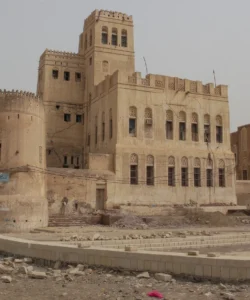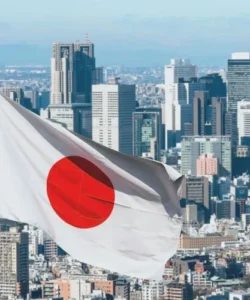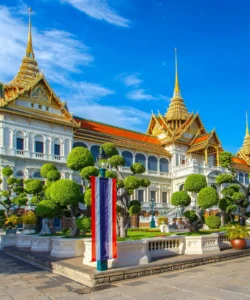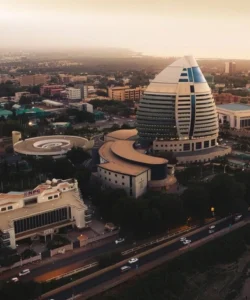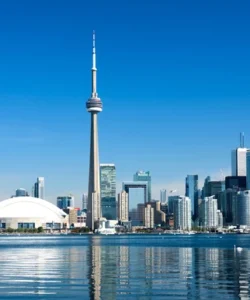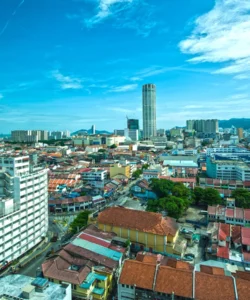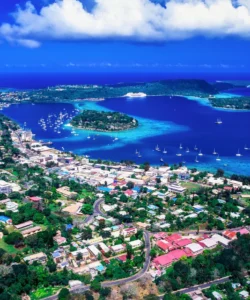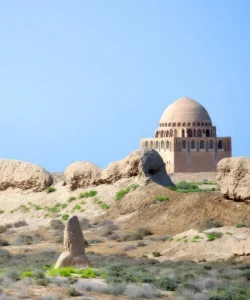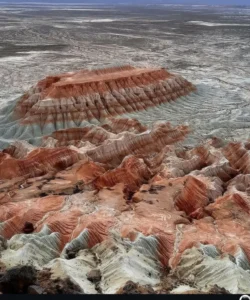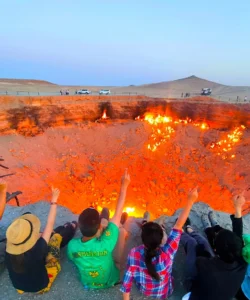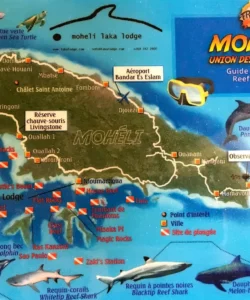Somalia is a country located on the Horn of Africa, bordered by Djibouti, Ethiopia, and Kenya. It has the longest coastline on mainland Africa, stretching along the Gulf of Aden and the Indian Ocean. The country’s history has been marked by long periods of political instability, clan-based conflict, and humanitarian crises.
![]()
Area & Population:
Somalia has a total area of approximately 637,657 square kilometers, making it slightly smaller than the state of Texas in the USA. The estimated population for Somalia in 2025 is around 19.3 million people.
Language:
The official language of Somalia is Somali, which is a Cushitic language. Arabic is also widely spoken, particularly due to historical trade links and religious ties. English and Italian are also present due to colonial influences, especially in certain regions or among older generations.
Currency:
The currency of Somalia is the Somali Shilling (SOS). However, in many areas, particularly in the northern regions, the US Dollar is also commonly used for transactions.
Religion:
Islam is the predominant religion in Somalia, with over 99% of the population being Sunni Muslim. The Provisional Constitution of Somalia defines Islam as the state religion, and Islamic sharia is the basic source for national legislation. While the constitution provides for the right to practice one’s religion, the propagation of any religion other than Islam is prohibited.
Capital & Major Cities:
- Capital: Mogadishu is the capital and largest city of Somalia. It is an ancient port city with a rich history, and despite past conflicts, it is experiencing reconstruction and revitalization.
- Major Cities: Other significant cities include:
- Hargeisa: The capital of the self-declared state of Somaliland, known for its vibrant markets and historical sites.
- Bosaso: A major port city in the Puntland region, serving as an important economic hub.
- Kismayo: A port city on the Indian Ocean coast, known for its beaches and as a gateway to wildlife areas.
- Berbera: Another historic port city on the Gulf of Aden, known for its beaches.
- Baidoa: A significant city in the Bay region.
Attractions & Wonders (Note: Travel to Somalia, especially outside of Somaliland, carries significant security risks and is generally not recommended for casual tourism without specialized arrangements):
Despite the challenges, Somalia possesses natural beauty and historical sites that would be appealing under more stable circumstances.
- Historical & Cultural Sites:
- Laas Geel (near Hargeisa): A series of caves containing some of Africa’s oldest and most well-preserved rock art, dating back thousands of years.
- Zeila: An ancient port town with historical ruins, including the 12th-century Masjid al-Qiblatayn (Mosque of the Two Qiblas).
- Old Mogadishu: Features historical buildings, mosques, and the bustling Hamarweyne Market.
- Mogadishu Lighthouse: An iconic landmark offering views of the Indian Ocean.
- Natural Attractions:
- Lido Beach (Mogadishu): A popular urban beach for locals.
- Sa’ad Din Island (near Zeila): A small island with white sand beaches and clear waters, ideal for snorkeling.
- Berbera Beaches: Known for their stunning coastline and marine life.
- National Parks (e.g., Kismayo National Park, Daallo Mountain in Somaliland): Home to diverse wildlife and landscapes, though accessibility can be limited.
- Cal Madow Mountains: A rugged mountain range in Puntland, known for its unique flora and fauna.
Architecture:
Somali architecture reflects a blend of indigenous styles, Islamic influences (particularly from Arab and Persian traders), and later colonial elements.
- Traditional: Buildings often feature coral stone construction, intricate carvings, and flat or slightly sloped roofs. Mosques, old townhouses, and fortifications display these characteristics.
- Modern: In Mogadishu and other developing urban centers, there’s a mix of new construction alongside buildings bearing the scars of conflict. There’s an effort towards rebuilding and modernizing infrastructure.
Roads:
Somalia’s road infrastructure is generally in poor condition, a legacy of years of conflict. Of the approximately 21,830 km of roads, only about 13% are paved, and much of this paved network is in disrepair. Efforts are underway, with international and domestic investment, to rehabilitate and construct new roads, particularly major highways connecting key cities and ports.
Hotels:
Hotel options in Somalia, particularly in Mogadishu and Hargeisa, have seen some improvement, with a growing number of hotels catering to business travelers, aid workers, and the diaspora. These range from more basic accommodations to some international-standard hotels offering enhanced security. Examples include Jees Hotel and the Ambassador Hotel. However, options remain limited compared to more established tourist destinations.
Restaurants & Cuisine:
Somali cuisine is a flavorful blend of East African, Arabic, and Indian influences, characterized by aromatic spices. Rice, pasta, and various types of flatbreads are staples.
- Staple Dishes:
- Bariis Iskukaris: Spiced rice cooked with meat (often goat or camel), vegetables, and sometimes raisins.
- Canjeero/Lahoh: A spongy, sour flatbread, similar to Ethiopian injera, often eaten for breakfast with stews or sauces.
- Sabaayad: A flaky, pan-fried flatbread, often served with muqmad (dried meat).
- Sambusa: Savory fried pastries filled with spiced meat or vegetables, similar to Indian samosas.
- Maraq: A hearty stew made with meat, vegetables, and spices.
- Hilib (Meat): Goat, lamb, and camel meat are commonly consumed, often grilled or stewed.
- Beverages: Shaah (Somali tea), brewed with milk, sugar, and spices like cardamom and cloves, is a popular daily ritual.
- Dining Scene: In major cities like Mogadishu and Hargeisa, you’ll find various restaurants, from humble eateries serving traditional Somali fare to more modern establishments offering international cuisines, particularly Italian due to colonial ties. Seafood is also prominent, especially in coastal areas.



